Welcome to the Museum of the Future
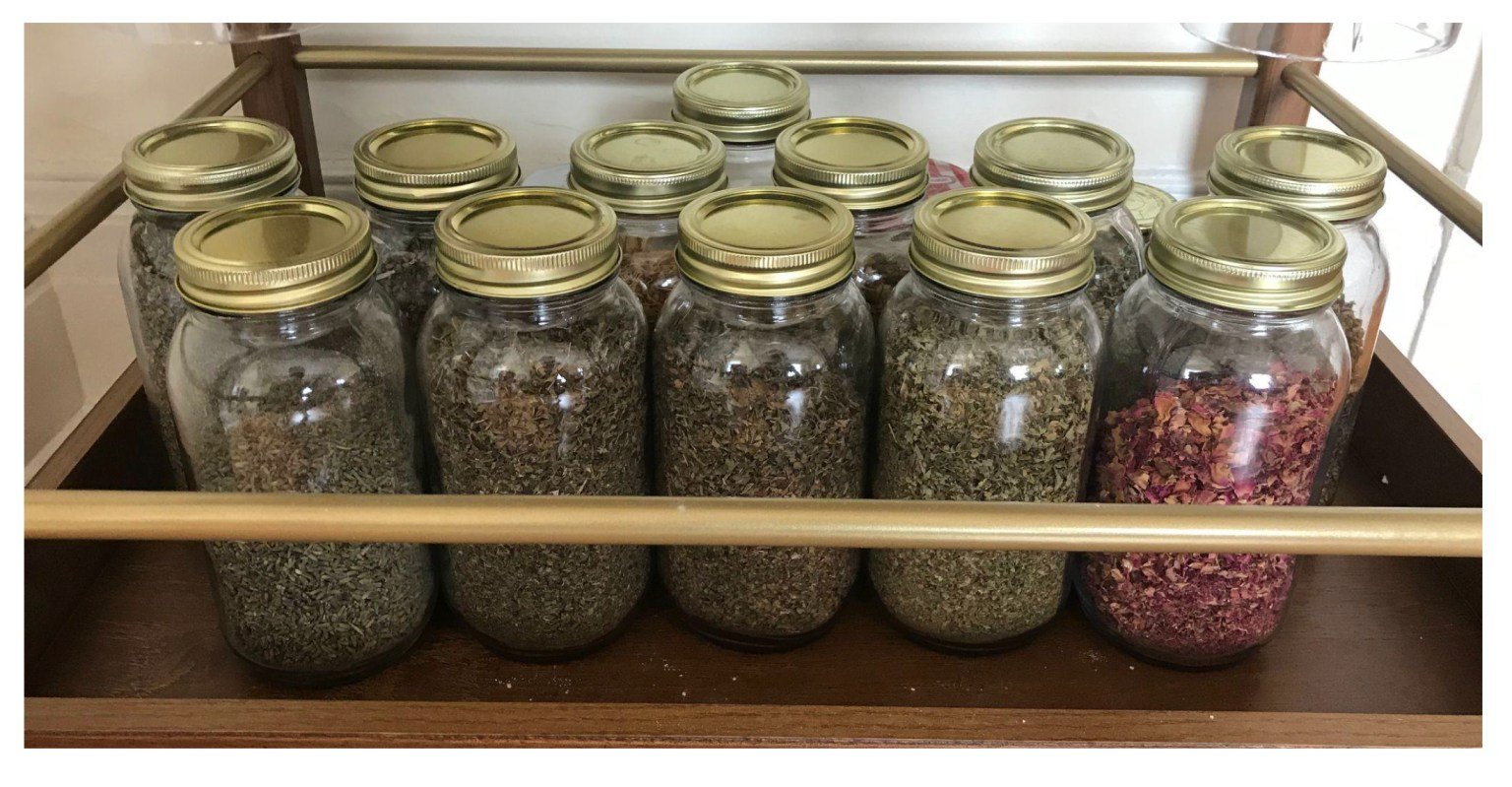
Written by Sanchita Balachandran, and published originally by Hyperallergic, June 1, 2021.
It’s the year 2071. Welcome to the museum of the future.
Come on into our museum! This isn’t a hulking concrete and metal box filled with the paintings and sculpture of famous, long-dead artists; it’s a suburban house with a smellscape that’s a mix of laundry detergent, leftovers and the slightest hint of dog. Please take items out of their airtight glass cases. Just follow the instructions on how to tenderly touch, hold, whisper to, and listen to them. Instead of a postcard as a token of your visit, leave with your ears ringing with the sound of noodles being cracked and cooked in sizzling oil in your honor, wishing you a long life.
* * *
What will be remembered of 2021, 50 years into the future? How will history books (will there still be books?) and archives (will there still be archives?) narrate these past months when the COVID-19 pandemic has killed nearly 600,000 people to date in the United States, waves of ongoing racial and political violence have shaken our nation to the core, and rapidly accelerating climate change steadily produces environmental events that further heighten a sense of apocalypse?
With pandemic restrictions lifting as more Americans get vaccinated, museums are among the many public spaces reopening, some after over a year of closure. For many of us, this return to “normalcy” means returning to these starchitect-designed buildings with works of art showing no trace of this devastating, disorienting time. Perhaps we yearn for how museums manage to pull off a kind of timelessness within their confines, a professional form of trickery that says, “You’re alright, it’s all the same in here.”
In some ways, this is what museums are expected to do, to keep the things they care for unchanged, to freeze them in a particular moment forever, in the name of preserving them for future people who will wander the same halls, look at the same objects. But what if that isn’t what the people of the future want?
I asked a group of undergraduate students in my recent “Critical Issues in Art Conservation” course at Johns Hopkins University to tell me what their own museums of the future might look and feel like. For their final papers, they were to imagine museums set to open in 2071, 50 years from now, when each of them will be in their 70s.
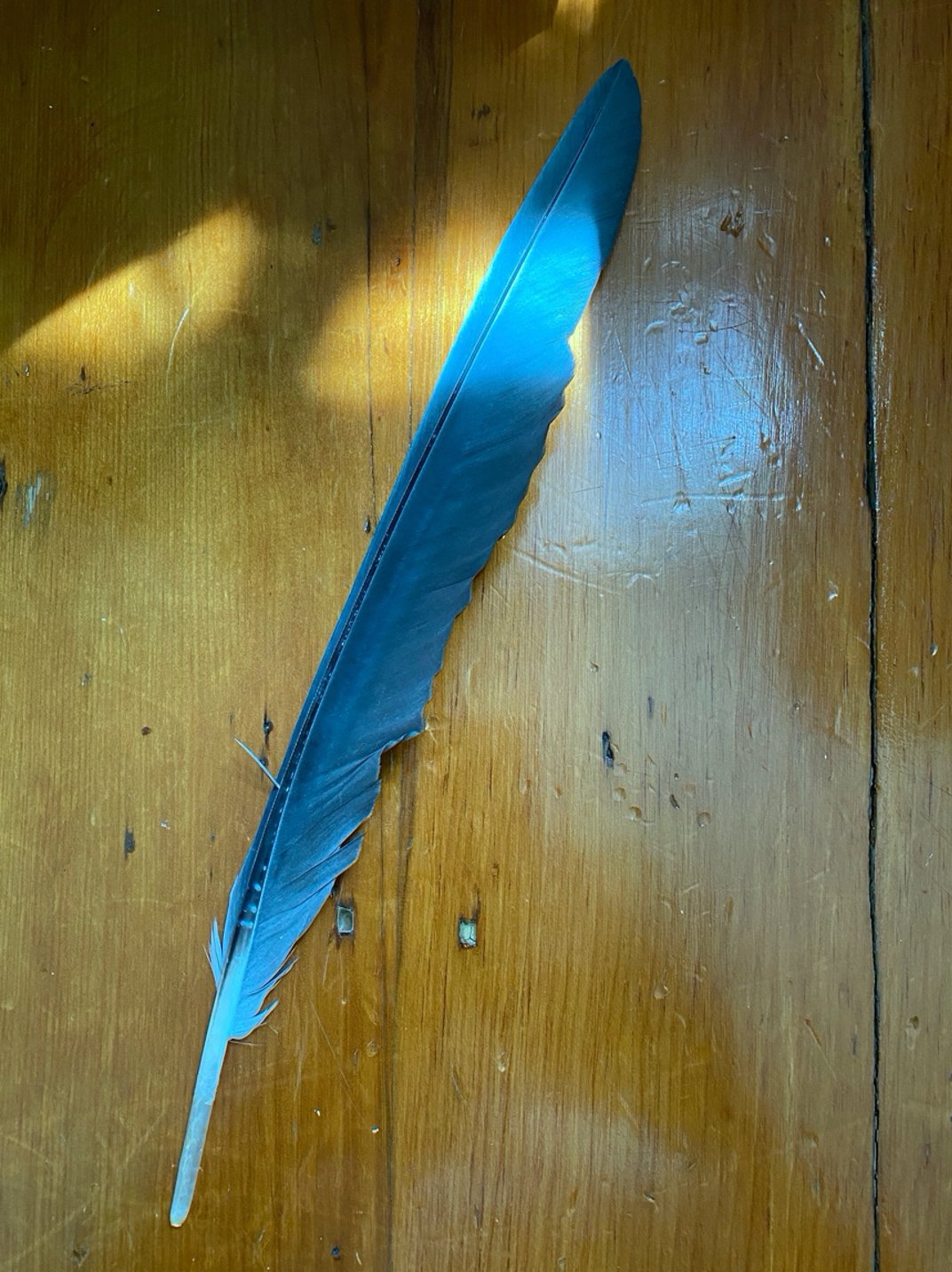
For the past decade, I have taught this course inside the gleaming glass box of the Johns Hopkins Archaeological Museum where I am associate director and conservator. In previous iterations, students have grown frustrated by all the things they couldn’t change about museums: how their unyielding physical forms reinforce their function as airless vaults for valuable things; that “please do not touch” is the default form of care for these now isolated, lonely items; and the way that caring for objects in perpetuity for some imagined people of the future meant keeping the people of the present forever outside glass walls. How could this change, they’d say, exasperated — sometimes even angry. What could ever change?
And yet everything might change, as it did these past many months. As a class, we spent the semester talking about museums without being able to visit a single one, confined in the imaginary and real boxes of our Zoom lives. But could the inability to travel to physical spaces allow us to imagine different kinds of museums?
Teaching under “normal” circumstances about museum practice is humbling because there’s so much to re-think, re-work, repair, repatriate, and redress. Teaching about museum practice in the absence of a physical museum, a physical collection, physical people, and now, perhaps even the absence of a foreseeable future, is bracing, bewildering. But being at a physical remove from everything and everyone raises the question: If there is a future, what should the museums of the future be like?
* * *
What is there about the architectural form of a building that marks it as a museum, a repository for important and rare things? We’re used to thinking of museums as instantly recognizable by their singular monumentality, sheathed in brushed metal, reflective glass or polished travertine. And there’s often a kind of set-apart-ness in these places; one reaches them through manicured gardens, ascends to them up a dizzying set of stairs. As inspiring as such temples of art might be to those who regularly visit them, and thus know the rules, they are equally foreboding, and perhaps even invisible to people who might not feel welcome there, and would never want to visit.
The students’ museums of the future respond directly to such architectural and social exclusion by explicitly embedding their structures in communities using familiar, even nondescript vernacular forms. One museum is a suburban town home with a walkway leading directly to the front door. It is possibly anyone’s house, but it is also someone’s house with its interior galleries marked by function — bedroom, kitchen, basement. Unlike typical historic houses with their velvet covered chains marking off chairs you can’t sit in, or musty rooms you can only crane your neck into from the hallway, this museum invites you to slip off your shoes, sit at the kitchen table, share fragrant food as a form of welcome. Be at (someone’s) home.
If you’re in a city, you might pass one of the infinite iterations of the “The Museum of Intergenerational Nourishment” on a street corner. Sited inside a humming yellow-green community refrigerator, this museum makes its function explicit: to preserve the freshness and usability of the items inside, a direct challenge to our contemporary museums which expect to keep things well past their “use by” date. The form of this museum, with its familiar and easy to operate handle, invites anyone to open the door, as does the cheery sign: “Give what you can, take what you need,” because who’s afraid of a refrigerator? (Relax, regular cleaning procedures are in place to make sure there’s nothing sketchy in here.)
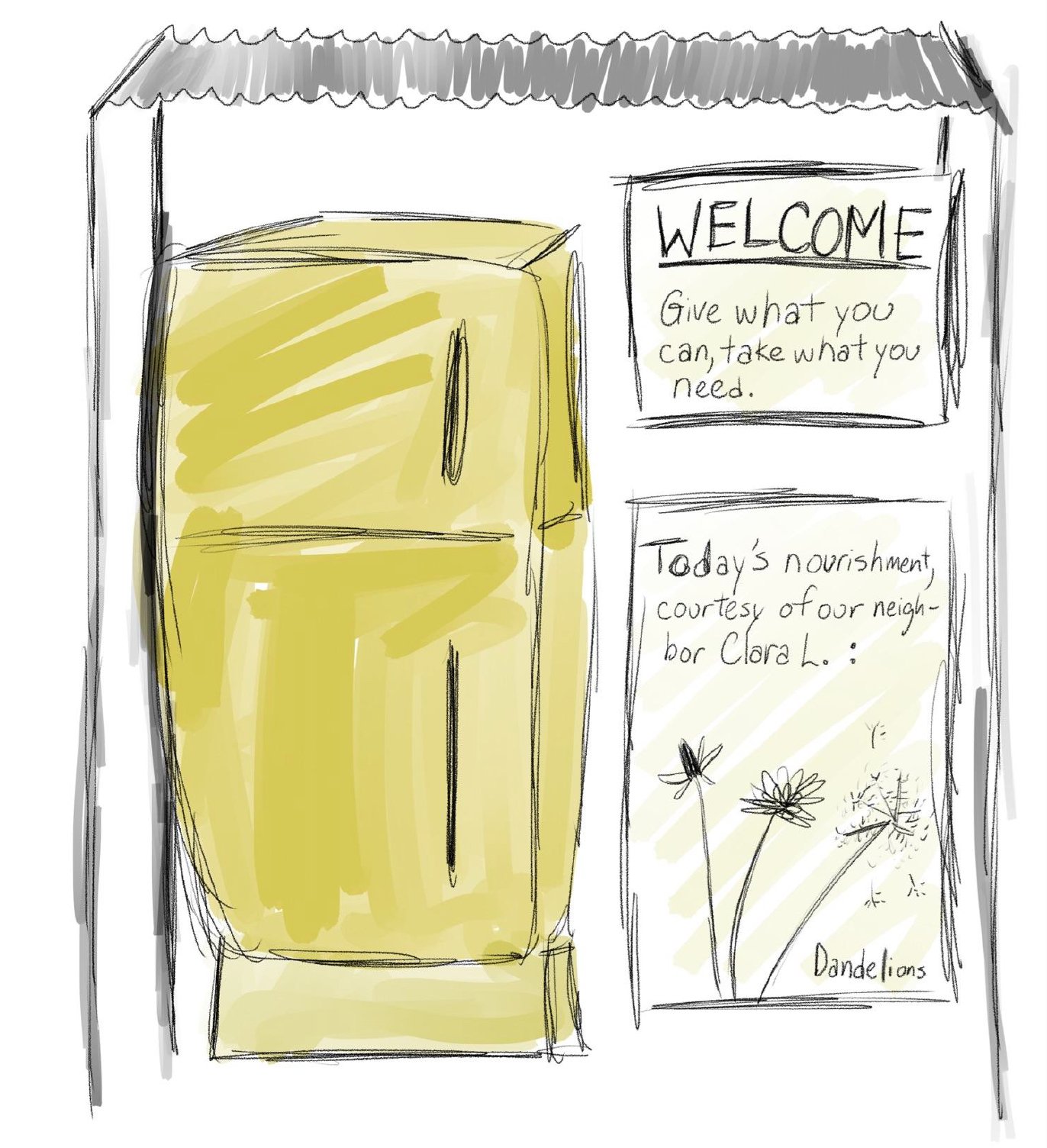
So, what is inside these places? If the objects in contemporary museum collections represent unequal and often violent relationships of taking and keeping, the sparse sets of items in these museums of the future invite us to think about different kinds of relationships built on gift giving and mutual exchange not only between human beings, but also between species, and among all living beings and the earth. An abbreviated museum inventory includes: dandelions, written-in books and journals, tourist magnets, mason jars of spent matches, a worn and outdated Houston street atlas, a blue heron feather, family recipes, hoodies and hand-stitched garments, tarot cards, piranha teeth. And every single one of these things is meant to be touched.
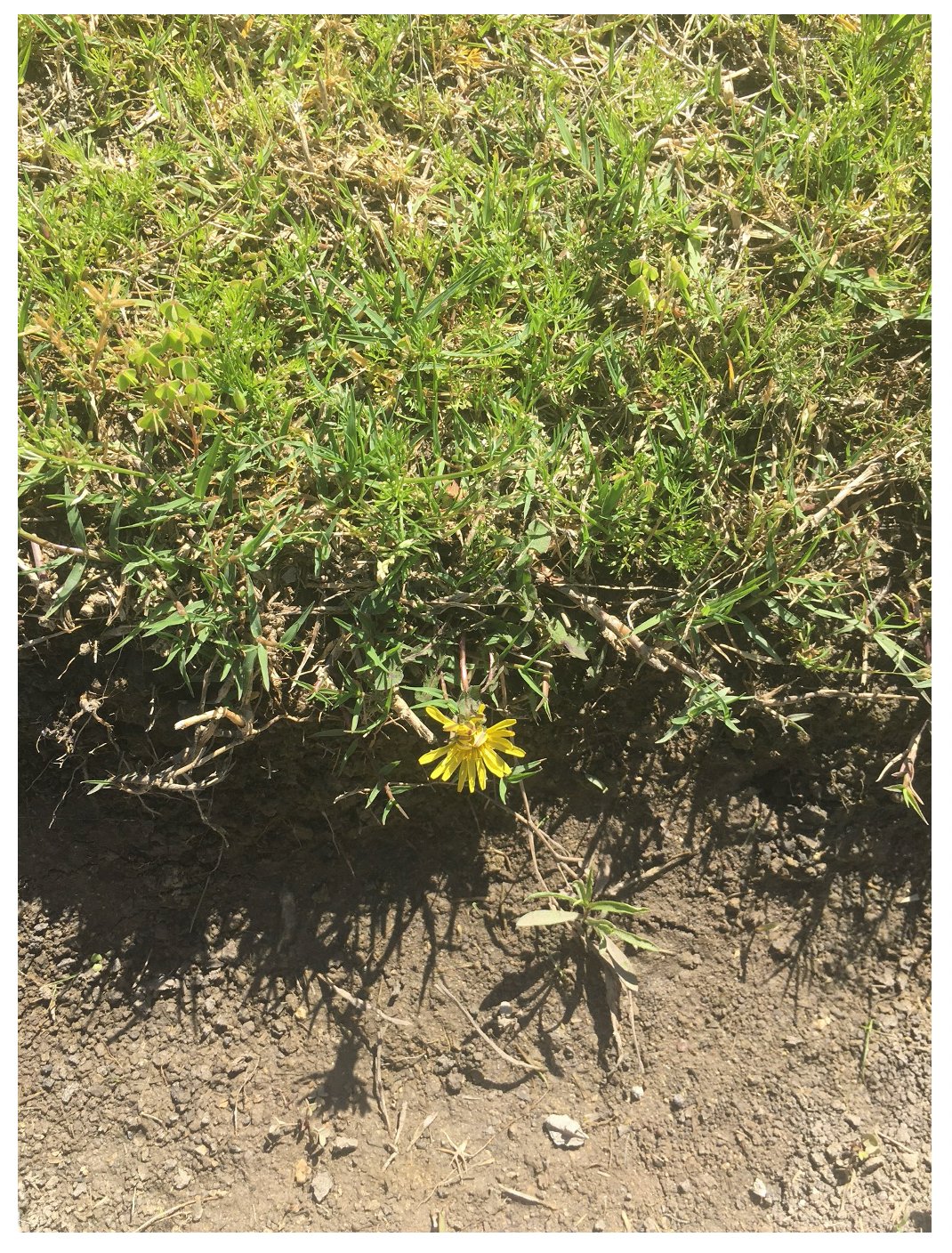
As a conservator, I was trained to protect museum objects by telling people not to touch them, even as I had the privilege to do so in the name of care; it’s taken 20 years to unlearn this, and to acknowledge that these items need our interaction, as do we. The students’ museums of the future insist on such intimate ways of being with things, providing gentle instructions on how to engage with the items inside unlocked cases, trusting the intention and agency of the museum visitor’s touch. Wouldn’t a blue heron feather want to be preened smooth as it once was in flight; or a set of piranha teeth recover its desire to “take [your] soft skin by surprise,” as one student wrote; or board games and cards wish to be held against bodies and played again?
Most striking to me as a conservator is the acceptance, expectation, and perhaps even welcome that items will wear out from touch. In these visions of the future, “use wear” is measured not as a loss in physical terms, as museums do today, but rather as a gain in the accrual of experiences and interactions between things and people. When objects can no longer bear sustained use, there are procedures in place for marking, mourning and honoring the end of these relationships between things, people and the earth. Once discarded or composted, museum objects are to be replaced by something else that could tell another story, live a new life.
But, I thought, what of the people of the future? Shouldn’t they be given the chance to be with these items as we do? Then came that ever-present thought of pandemic time — what if there is no future? And this is exactly what these museums of the future get right: they acknowledge that the only time that is promised is this moment. Even as we might hope for, or even plan for future museum visitors, the most immediate responsibility is to engage, care for, and nourish the people of the present.
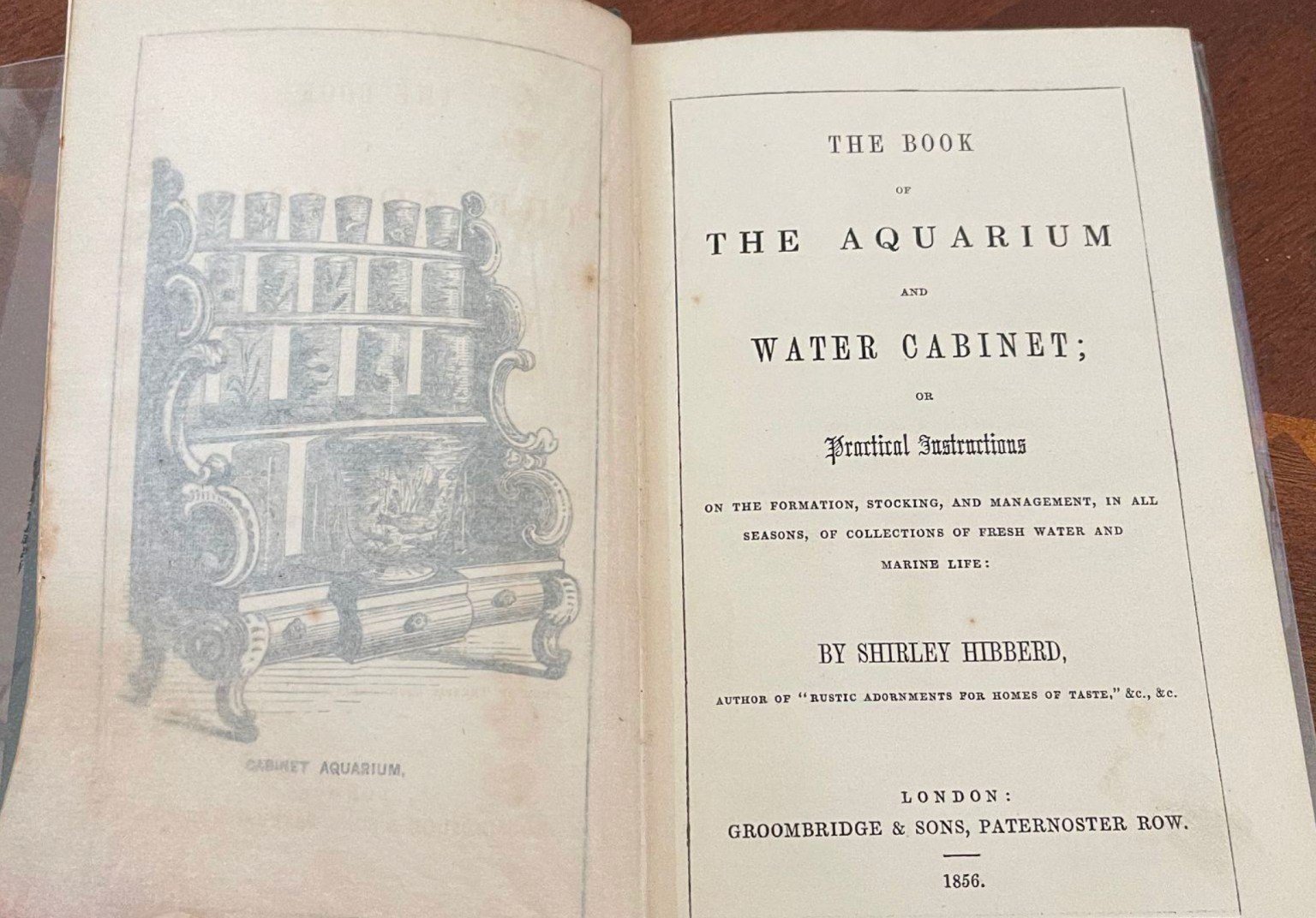
And in the museums of the future, nourishment is a literal but also deeply symbolic act. One participatory, choose-your-own-adventure tea-making exhibit reminds you to first, “Stop. For just a moment, listen to the hiss of the kettle.” In this temporary museum, meant to last only as long as the tea leaves are fresh, the curatorial voice frets: “Be careful not to burn your tongue!” And it also gently reassures, “What have you felt from this experience? If the answer is nothing, that is okay. But if you felt something or learned about yourself through the experiences I presented, I urge you not to leave it in this room.”
* * *
Perhaps this seems like a fanciful academic exercise, the idyllic imaginations of young people with no museum expertise and no allegiance to professional museum ethics. But they were inspired by contemporary museum workers, real places, existing practices. Change, if still bespoke and slow, is happening. And if this pandemic era can transform museums into vaccination sites, why can’t we imagine them as places that not only respond to society’s many ills, but maybe even help to cure them?
I’m most struck by the fact that these students’ ideas of the future museum is not some technical, holographic virtual reality, but the opposite: places of intimate sensory experiences with real things in familiar, human-scaled spaces that offer ways to reflect and understand ourselves and our world. Isn’t this also what we want and hope for in our contemporary museums?
Coming out of this pandemic time of long isolation, even as — especially as — spectres of new COVID-19 variants arise, what kinds of museums do we want to create? It’s 2021. The museums of the future should begin now.
(With gratitude to the students in my 2021 spring course. Images and quotes used with their permission.)